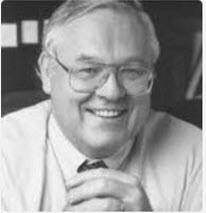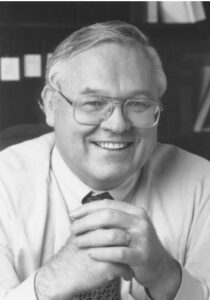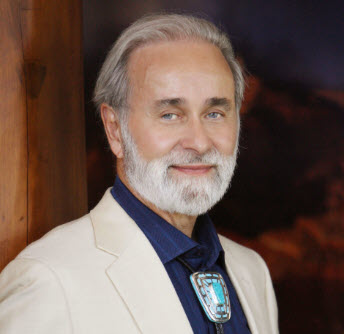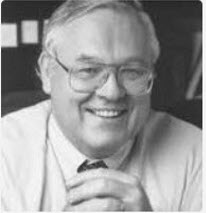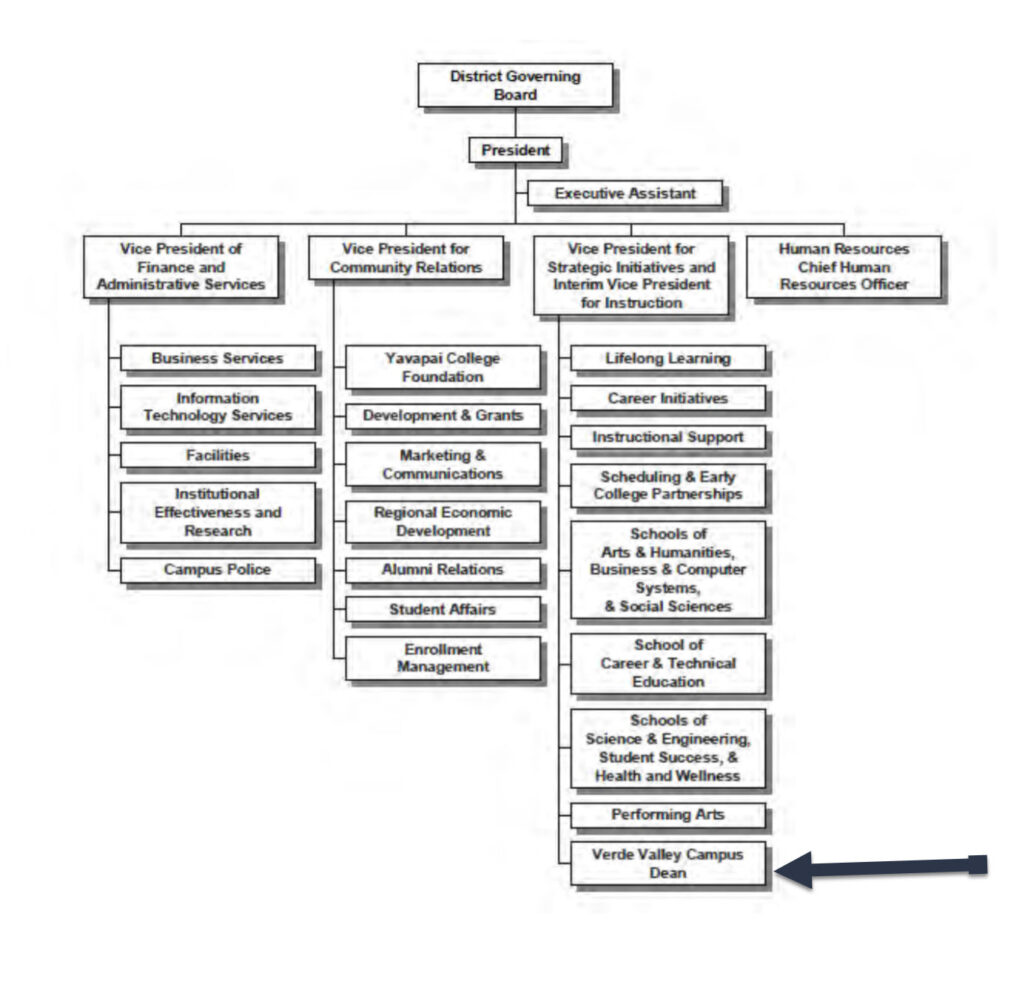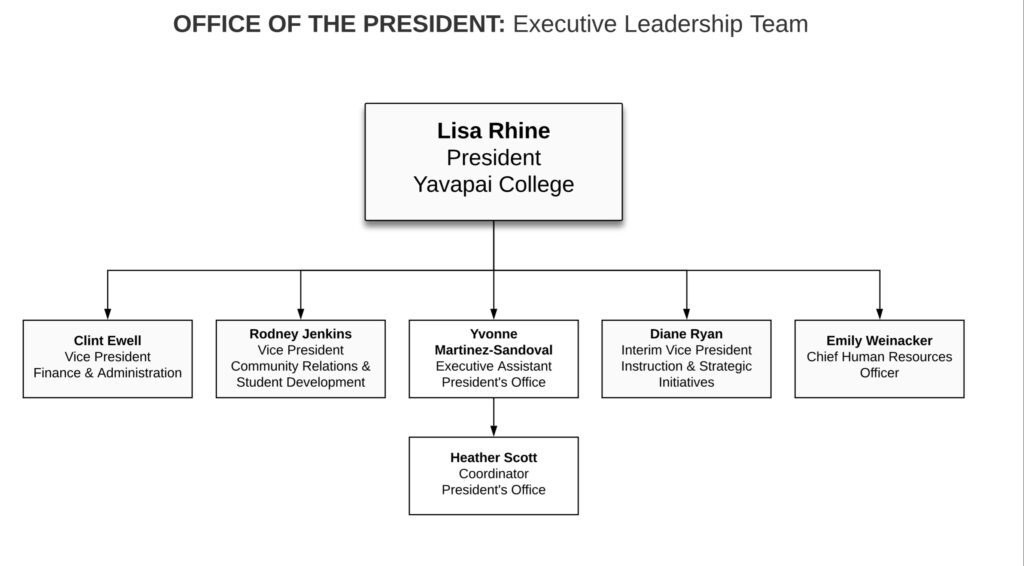The Board should rethink its priorities before approving this expenditure. Moreover, why isn’t there anything more than a scintilla of concern for the Verde Valley and Sedona’s educational needs rather than investing in a road sign?

Editor: Robert E. Oliphant
OPINION. During the April 23 District Governing Board meeting, Yavapai Community College executives proposed an expenditure of up to half a million dollars for the installation of a directional sign along one of the roads leading to its Career and Technical Education Center (CTEC) at the Prescott airport. This decision comes on the heels of the College’s acquisition of 1.15 acres of land for approximately a quarter million dollars back in September on which to place the sign.

Total cost for this sign: Almost three-quarters of a million dollars?
